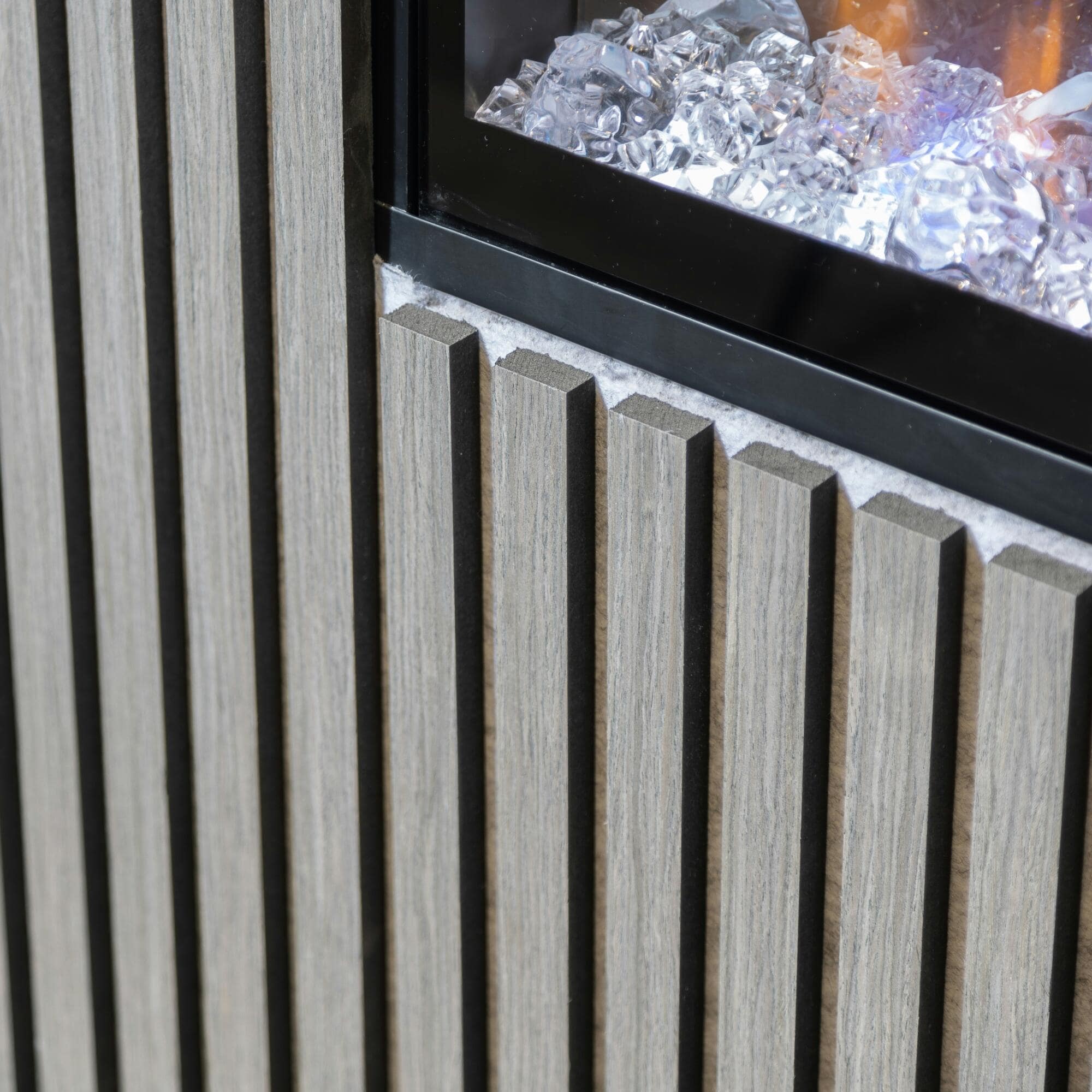But did you know there are different types of bankruptcy methods? Chapter 7 and Chapter 13 are two of the most common types, each designed for unique situations. This article will break down the key differences between these chapters so you can make an informed decision and start rebuilding your financial future.
Purpose and Goal
Bankruptcy Chapter 7 is called “liquidation bankruptcy” because it wipes out most of your unsecured debts—things like credit card debt , medical expenses, or personal loans. When you file for Chapter 7, you’re essentially saying, “I can’t pay these debts back, so I need a clean slate.”
But here’s the catch: not all debts disappear. Student loans, taxes, and child support payments and alimony obligations usually stick around. And if you have assets that aren’t exempt (like a second home, household belongings, or expensive jewelry), they might get sold to pay creditors.
On the flip side, Chapter 13 isn’t about wiping out debt—it’s about reorganizing it. Instead of walking away from everything, you create a bankruptcy repayment plan in agreement with creditors. You agree to pay part of what you owe over three to five years. The rest gets discharged once the plan is complete.
So, which one should you pick? Well, it depends on your goals. Do you want to eliminate debts quickly and start over? Go for Chapter 7. Need to keep your house or car while paying down some debts? Bankruptcy under Chapter 13 might be better.
To make the best decision, you’d do well to look for the best bankruptcy attorney in Orlando or others close to you. These experts can look at your circumstance and suggest the best option based on your financial needs.
Eligibility Requirements
To qualify for Chapter 7, you need to pass the “means test.” Basically, this looks at your income compared to the median income in your state. If you earn too much, the court assumes you can afford to pay back some of your debts instead of wiping them out.
The means test considers more than just your salary, though. It factors in things like living expenses, dependents, and whether you have unusual financial burdens (like caring for an elderly parent). An experienced attorney can help you crunch the numbers.
With Chapter 13 , eligibility works differently. There’s no means test, but there are limits on how much debt you can have. As of 2023, you can’t file if your unsecured debts exceed about USD$433,000 or your secured debts go above USD$1.3 million.
Also, Chapter 13 requires a steady income. Why? Because you’ll need to make monthly payments under your repayment plan. If you’re unemployed or your income fluctuates wildly, this option might not work for you.
Treatment of Assets
One of the biggest questions people ask is, “Will I lose my stuff?” The answer depends on which chapter you file under. In Chapter 7, non-exempt assets might get taken and sold to repay creditors.
But what does “non-exempt” mean? Every state has laws that protect certain types of property from being seized during bankruptcy . These are called exemptions. For instance, most states allow you to keep a reasonable amount of equity in your primary home, a vehicle up to a certain value, and basic household items.
So, if you own a car worth USD$5,000 and your state exempts up to USD$6,000, you’re safe. But if your car’s worth USD$15,000, the bankruptcy trustee might sell it and give you the exempt portion (USD$6,000) while using the rest to pay creditors.
It’s not always black-and-white, though. Some people worry they’ll lose their house in Chapter 7. In reality, as long as you don’t have too much equity, you can usually keep it. Again, exemptions play a huge role here.
In Chapter 13 , things work differently. You typically get to keep all your property, including non-exempt assets. Why? Because you’re agreeing to pay back some of your debts through the repayment plan.
Duration of the Bankruptcy Process
Filing for Chapter 7 moves pretty fast. Once you submit your paperwork, the whole bankruptcy proceeding usually wraps up in three to six months. During that time, the court reviews your case, decides which assets (if any) to liquidate, and discharges eligible debts.
Contrast that with Chapter 13 , which lasts much longer (often 36-60 months). Since you’re creating a repayment plan, you’ll commit to paying creditors for three to five years. That’s a significant chunk of your life.
What Should You Choose?
Both chapters offer paths to debt relief, but they serve different goals. If quick elimination is what you need, Chapter 7 might be right. Need more time to catch up? Chapter 13 could save your home or car. Talk to a trusted attorney to see which fits your situation.
Keep in mind, though, that both Chapter 7 and Chapter 13 bankruptcy can significantly lower your credit score, often by 100–200 points, and remain on your report for 7–10 years. However, they also provide an opportunity to rebuild credit over time by showing responsible financial behavior after filing.
Copyright © 2025 California Business Journal. All Rights Reserved.
For California Business Journal Disclaimers, go to https://calbizjournal.com/terms-conditions/ .




